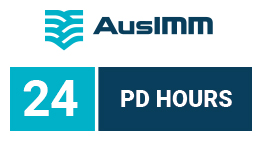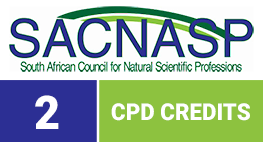Mineral Resource Estimation by linear geostatistics – Module 2: multivariate context | Training course
Learn the fundamental concepts of geostatistics to confidently estimate your mineral resources.
Objectives
This course provides a solid foundation in geostatistical methods for mineral resource estimation. The skills you will develop will assist you in:
– Estimating long-term and short-term resources,
– Producing resource models for mine design,
– Conducting spatial analysis of drillhole data.
It comprises two modules that can be taken separately:
- In Module 1, you will learn and practice the standard workflow for estimating resources in a univariate context. This module covers in-depth data analysis, detailed variographic analyses, block modeling, grade distribution interpolation using kriging, estimation validation, and unbiased grade-tonnage curves for short-term resources.
- This Module 2 allows you to progress into the multivariate context by exploring statistical tools such as Principal Component Analysis, applying kriging and co-kriging methods for estimating multi-element orebodies and obtaining multivariate models respecting the ratio between main metals, oxides, and elements.
Course content
– Use Principal Component Analysis (PCA) to extract the most relevant information from complex multivariate datasets.
– Estimate non-stationary variables by applying kriging with external drift or universal kriging for more accurate resource modeling.
– Analyze grade correlations to better understand elements’ relationships and enhance your geostatistical models.
– Examine joint spatial structure by calculating and interpreting cross-variograms and cross-covariances, even on purely heterotopic datasets.
– Interpolate correlated grades using advanced cokriging methods: ordinary cokriging, collocated cokriging, and rescaled cokriging.
Outlines
- Balanced learning approach: The course combines theory with practical applications, ensuring concepts are understood and applied effectively.
- Hands-on software training: Engage in computer-based exercises using Isatis.neo software, reinforcing learning through real-world data scenarios.
- Personalized feedback: Receive individualized guidance and feedback from experienced trainers during online sessions to support your learning journey.
- Comprehensive resources: Access detailed course materials, including documentation, journal files, and datasets, to reinforce learning and facilitate application post-training.
Who should attend
Professionals seeking a sound theoretical and practical knowledge of mining geostatistics.
Prerequisites
- A basic understanding of resource concepts such as grade, tonnage, and cut-off is recommended.
- To expand your knowledge, we recommend attending the complementary advanced short course Recoverable Resource Estimation.
- If you want to start with estimation in a univariate context, Module 1 of this course is recommended.

